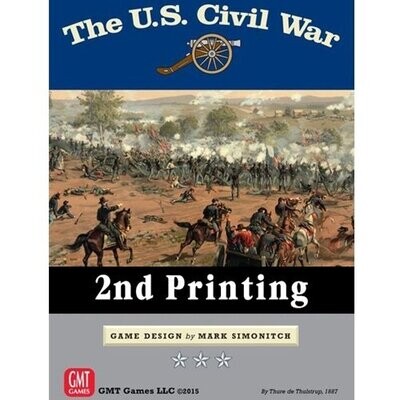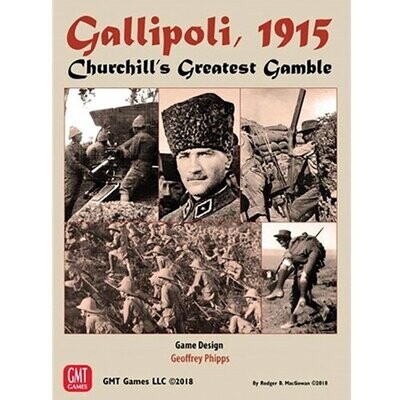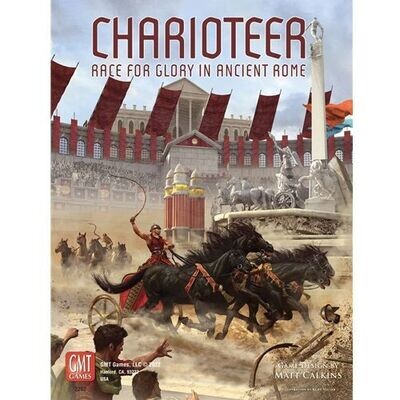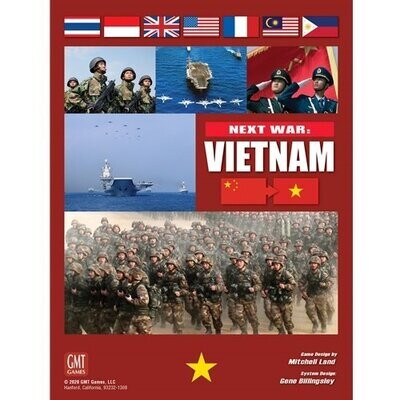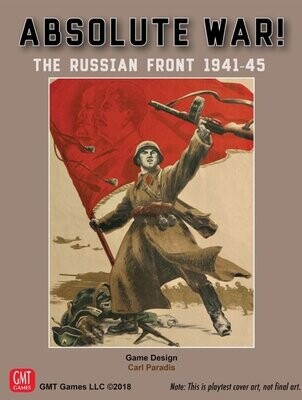Command magazine issue number 39 containing two stand alone games. Both are unpunched and we are selling them in 'Like New' condition.
Six Bridges: The Battle of Pittsburgh, October 1, 1863 - Alternative history
It was early September 1863 & Gen. Robert E. Lee was perplexed. He'd smashed the Army of the Potomac at Gettysburg, then chewed up its remnants as it tried to defend Washington, captured that city, though much of it was burned in the process, and came within card throw of bagging both Lincoln & Grant. But instead of gaining the Confederacy the ultimate victory Lee had sought when he began that risky campaign, the fall of Washington served only to radicalize & galvanize the North.
Lincoln has sailed to Boston to set up a new US capital. He declined the 'offer of mediation toward peace' extended by the ambassadors of Great Britain & France. London & Paris soon recognized the Confederacy - the government of which now housed in the charred & bullet-pocked city of Washington, DD (that is, the District of Dixie!), and announced they would join the war to secure its independence.
But then, before Union & Anglo-French naval vessels even exchanged their first broadsides, the Prussians made their move, declaring for the Union & launching strong attacks into France & Bavaria. That led the Austrians; ever jealous and fearful their Prussian cousins were aiming to supplant their primacy in the Germanic world, to throw in with France. Then the Czar mobilized his millions of newly emancipated serfs, creating the largest single army yet seen on the planet, leading them in an attack on Vienna.
With the CSA, Britain, France & Austria on one side, fighting the USA, Prussia & Russia on the other, World War I began in August 1863. "Home Before the Leaves Fall" was the cry heard across the northern hemisphere.
Lee convinced Jefferson Davis to reinforce him by shifting troops fromBragg;'s Army to create a 4th Corps for the Army of Northern Virginia. Comprised of Tennessee men & recruits from the new Confederate state of Maryland, Gen. Pat Cleburne was picked to run it. Lee intended to use the new Corps as a screen for his next offensive.
With the fall of Vicksburg, & Port Hudson, Lee reasoned Gen.Sherman would move east to relieve the Union's fortunes. If he could intercept Sherman & destroy his army before it linked with Grant's, the war would surely end. Scanning his maps, Lee determined Pittsburgh was the key. If he controlled it, he would sever the only east / west rail line left to the Union. It was also the perfect place to meet the British (actually Anglo-Canadian) Expeditionary Force forming in Canada for a crossing of Lake Erie.
Lee sent an outline of his plan to the Commander of the BEF, Sir Patrick Macdougall, who was highly receptive, sending a reply in which he promised to rendezvous with lee at Pittsburgh on or around October 1.
Until 14 September, Grant & Lincoln had assumed Lee's next move would be in the Northeast. On that day a minister of the Canadian government, a strong abolition man, defected with a copy of the Confederate general's letter. After much debate, the two US war leaders convinced themselves the document was authentic & set about to counter Lee's plan. The 3rd Corps was left to defend the Susquehanna River line, in case they were wrong, and a telegram was sent to Sherman instructing him to move to Pittsburgh as quickly as possible.
By the 17th, when Lee began marching northeast towards Pittsburgh, Grant had already stolen a day's march on him. The question became who would get to the city first to meet Lee & Grant: the BEF, shuttling across Lake Erie then marching down the western borderlands of Pennsylvania, or Sherman, coming up the Ohio valley. Neither Grant nor Lee knew who would be reinforced first or exactly when, but both understood there would be a savage fight for Pittsburgh. It would go into southern history books as the Battle of Six Bridges.
As noted above, this is an alternative history of American Civil War!
Strike North - Scandinavia in World War II
- some alternative history
This game has a variety of scenarios, covering the historical 1940 invasion of Norway along with various alternative-history scenarios set in 1940 and 1943. Themes for these include invasions of Sweden and pre-Normandy invasions of Norway.



